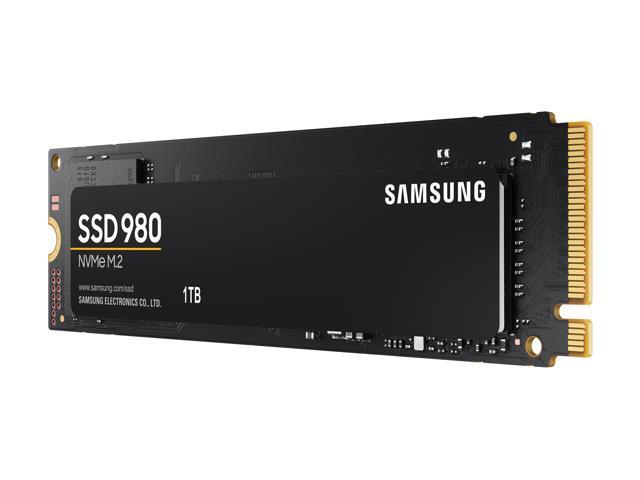trs96
Moderator
- Joined
- Jul 30, 2012
- Messages
- 25,558
- Motherboard
- Gigabyte B460M Aorus Pro
- CPU
- i5-10500
- Graphics
- RX 570
- Mac
- Mobile Phone

SAMSUNG 980 M.2 2280 1TB PCI-Express 3.0 x4, Internal SSD - Newegg.com
Buy SAMSUNG 980 M.2 2280 1TB PCI-Express 3.0 x4, NVMe 1.4 V-NAND MLC Internal Solid State Drive (SSD) MZ-V8V1T0B/AM with fast shipping and top-rated customer service. Once you know, you Newegg!
 www.newegg.com
SAMSUNG 980 M.2 1TB PCI-Express 3.0
www.newegg.com
SAMSUNG 980 M.2 1TB PCI-Express 3.0
The important point to remember: Do not buy this for use as your macOS boot drive ! See post #2.
SAMSUNG 980 M.2 2280 1TB PCI-Express 3.0 x4, Internal SSD - Newegg.com
Buy SAMSUNG 980 M.2 2280 1TB PCI-Express 3.0 x4, NVMe 1.4 V-NAND MLC Internal Solid State Drive (SSD) MZ-V8V1T0B/AM with fast shipping and top-rated customer service. Once you know, you Newegg!
This is a Newegg Shell shocker. Use it as your Windows or Linux drive. Keeping those on their own separate SSD is a good idea. It can also simply be used as an external storage drive. With NVMe SSD enclosures, the read write speeds are limited by the USB A / C or Thunderbolt port you connect to. Maximum read/writes are 2800 MB/s for TH4/USB4.
Therefore it makes no sense to pay more for a Gen 4 NVMe SSD for use as an external drive. MLC means it will hold up the best under heavy loads, mainly writes.
If you prefer Amazon.com over Newegg, the price there is close at $45.
Last edited:

